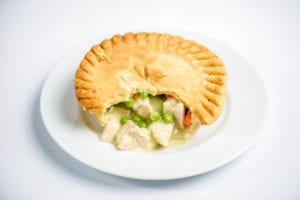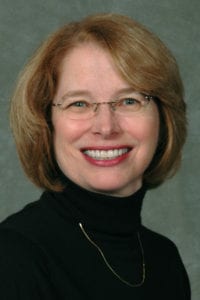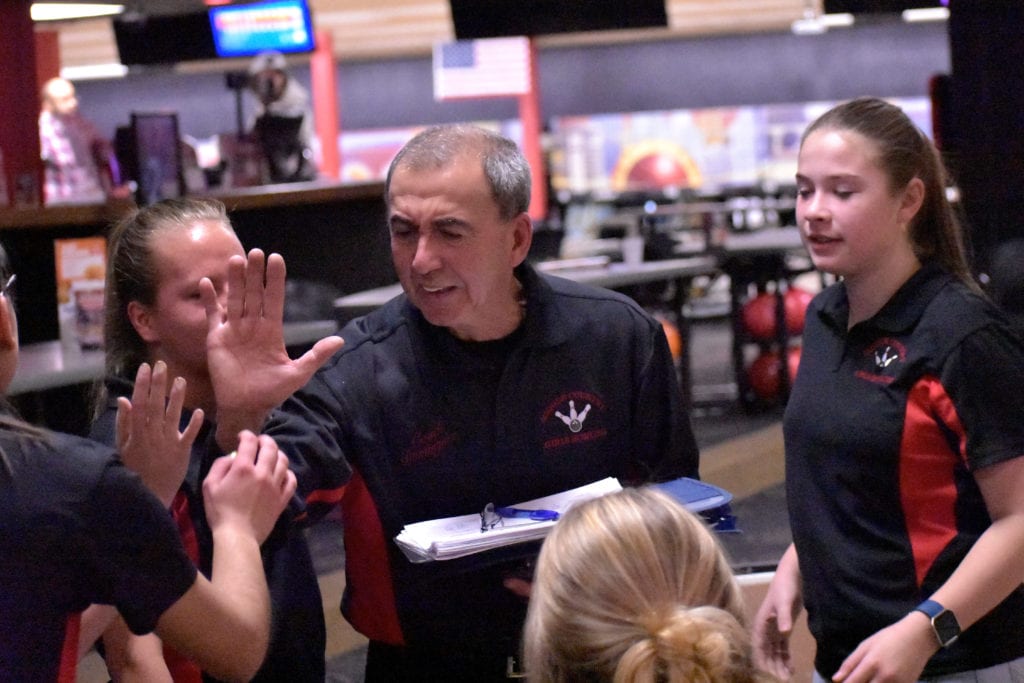By Barbara Beltrami
The holidays are history. All those sumptuous hors d’oeuvres and cookies have worked their way to postholiday residence in my body, but in these temperatures I cannot bear to even think of my annual New Year’s resolution, to subsist on rabbit food and rice cakes to reverse the damage. Baby, it’s cold outside and New Year’s resolutions be damned!
Surely my body is smarter than I am, even has a mind of its own and is telling me that it craves no-nonsense tummy warmers … simmering soups, stews and bubbling casseroles. I don’t need much convincing. Before I know it I’m standing in the kitchen chopping and stirring. By the time it is dusk and I turn on the lamps, savory aromas waft through the house.
It’s starting to snow again or maybe it’s still snowing. I sip a glass of wine and remember why I insist that I like winter when the snowbirds challenge my decision to stay here rather than move to Florida.
Chicken Pot Pie

YIELD: Makes 4 servings
INGREDIENTS:
2 whole chicken breasts, bone in
Coarse salt and freshly ground pepper, to taste (for chicken breasts)
¼ cup olive oil
5 cups chicken broth
½ stick unsalted butter
1 medium-large onion, diced
2 tablespoons flour
¼ cup heavy cream
More salt and pepper, to taste (for sauce)
Two 10-ounce packages frozen peas and carrots, cooked according to package directions
Nonstick cooking spray
Four 8-inch pie crusts
2 tablespoons milk
DIRECTIONS: Preheat oven to 350 F. Place chicken breasts skin side up in baking pan; rub with olive oil and salt and pepper. Bake 30 to 40 minutes, until skin is golden and meat is cooked through. Remove from oven. When cool enough to handle, remove skin and discard. Pull meat away from bone and dice. Set aside.
In small saucepan heat chicken broth. In medium saucepan, melt butter and cook onions over medium-low heat until translucent, about 10 minutes. Add flour and cook over low heat, stirring constantly, about two minutes. Add the hot broth and, with wire whisk, stir vigorously over low heat until thickened. Whisk in cream, salt and pepper; stir in peas and carrots and chicken.
Preheat oven to 400 F. Spray four individual ovenproof bowls with nonstick cooking spray. Divide chicken mixture evenly among bowls. Top each bowl with rolled out pie crust; crimp edges and make a few slits in top. Brush crusts with milk, place bowls on baking sheet, then bake one hour, until crusts are golden and insides are bubbling.
Beef Stew

YIELD: Makes 4 to 6 servings
INGREDIENTS:
1/3 cup flour
Salt and pepper, to taste
2½ pounds beef chuck, cut into 2-inch cubes
¼ cup vegetable oil
2 tablespoons unsalted butter
2 medium onions, cut into wedges
1 cup dry red wine
1 garlic clove, minced
1 tablespoon tomato paste
10 cups beef broth or stock
1½ pounds small red potatoes, scrubbed and quartered
6 carrots, peeled and cut into 2-inch pieces
One 14-ounce can diced tomatoes with their juice
½ cup chopped Italian parsley
1 bay leaf
DIRECTIONS: Combine the flour, salt and pepper; dredge the beef cubes in the mixture. In large heavy pot or Dutch oven, heat the oil, then cook the meat over medium heat, stirring occasionally, until evenly browned. Remove and set aside.
Melt the butter in the same pot, add the onions and cook over medium heat, until pale gold. Pour wine in pot and over medium heat with spatula scrape and loosen any bits from bottom of pot. Add garlic, tomato paste, beef and broth to pot; stir and bring to a simmer, cover and continue to simmer one and a half hours, until beef is tender. Add potatoes, carrots, tomatoes, parsley and bay leaf and simmer one more hour, until vegetables are tender. If necessary, add water or more broth during cooking. Remove bay leaf before serving.










































